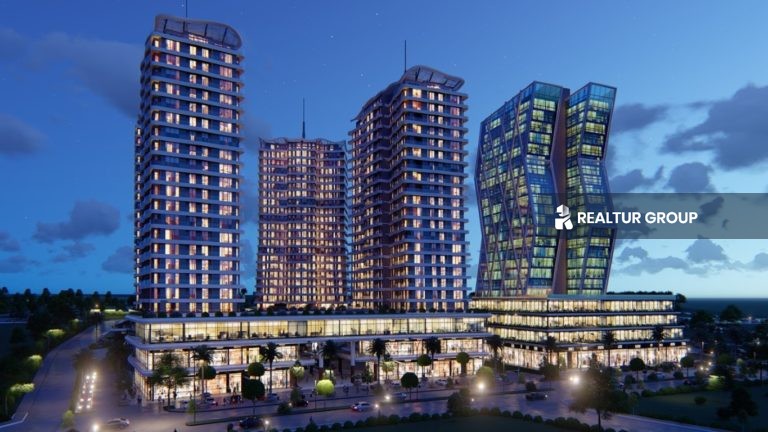Gaziosmanpasa is a developing working class district of Istanbul, Turkey, on its European side. It is one of the most populous districts of Istanbul. There are groups of people from different regions, cultures and political ideas. It has a nationalist, Islamic, Kurdish, Bulgarian, Alevi neighborhoods which are side to side.
Location of Gaziosmanpasa
Gaziosmanpasa is located in the European side of Istanbul, near the Eyup Sultan, Fatih, Esenler and Basaksehir regions, and it is not far from Sisli and Taksim regions that are the city center of Istanbul, center of money and business, the home of major companies, shopping malls and international brands.
Transportation in Gaziosmanpasa
If we come to the transportation of this district, the E80 Highway borders it, which facilitates and speeds the process of access to the city center, as it has tramway stations in addition to large and small buses and taxis. The residents of Gaziosmanpasa can also use these means of transportation to reach the Metrobus and Metro stations so that they can go to all areas of Istanbul easily.
Plans and Projects in Gaziosmanpasa
It is considered as one of the most important plans that the municipality of Gaziosmanpasa aspires to convert buildings in the region into earthquake-resistant buildings, and erase any form of random houses that may harm their owners or the region itself.
The municipality has made researches and prepared studies for the region in order to reach the appropriate projects, and made a comprehensive evaluation of the region to determine the places that need to be developed and serviced.
The municipality’s work is distinctive, as it begins with the infrastructure of the region. When the beginning is right, the end will be correct. Therefore, investors are moving towards this region because they expect that a lot of development and advancement awaits it to achieve a qualitative transition in its residential structure.




